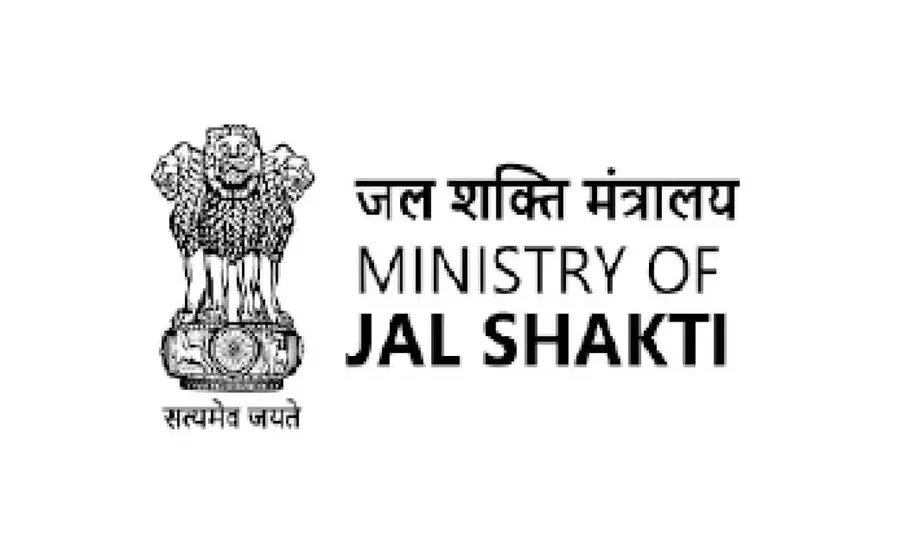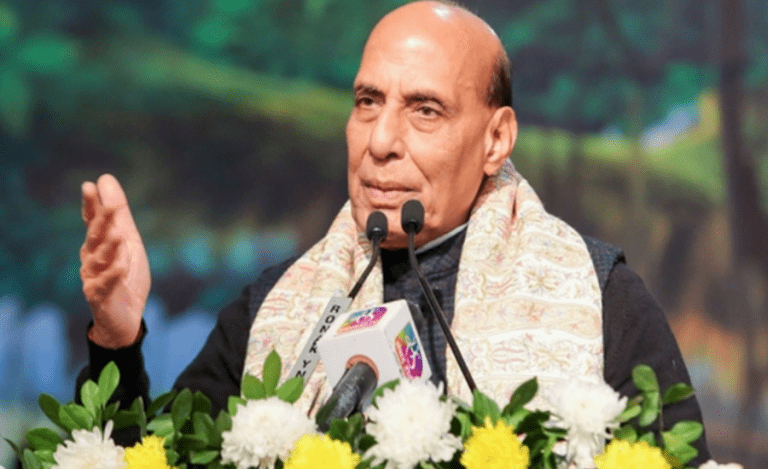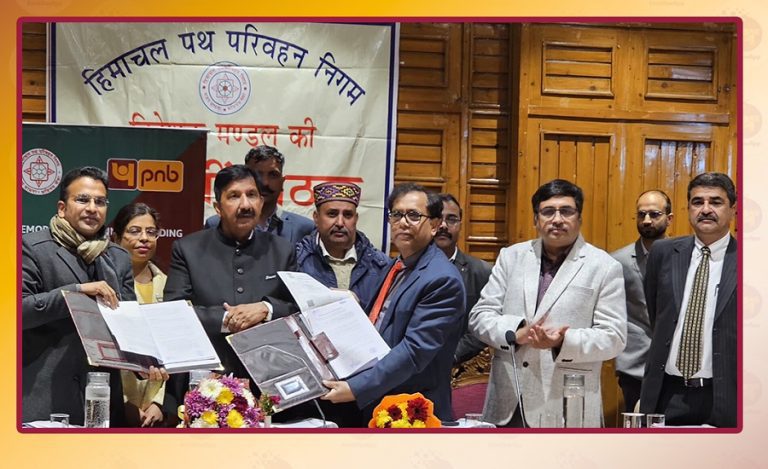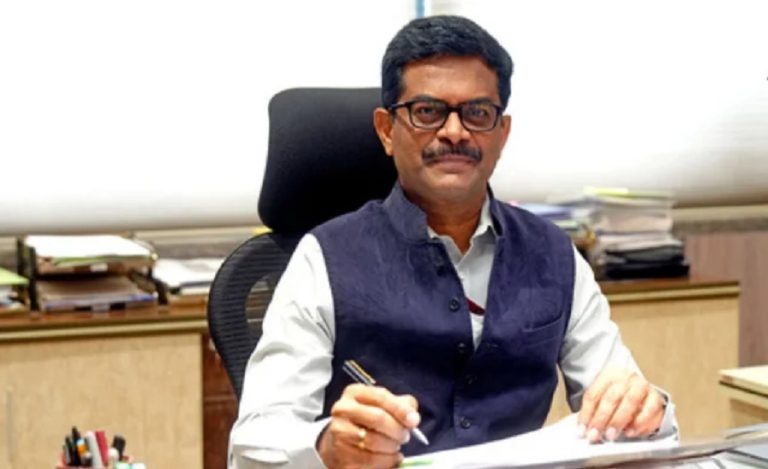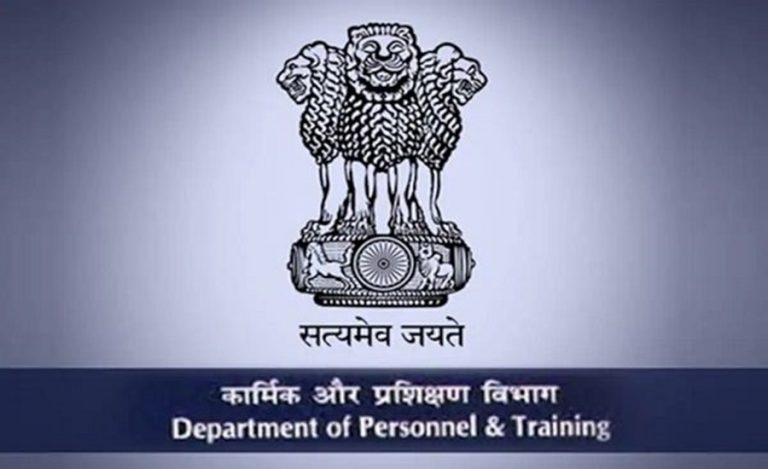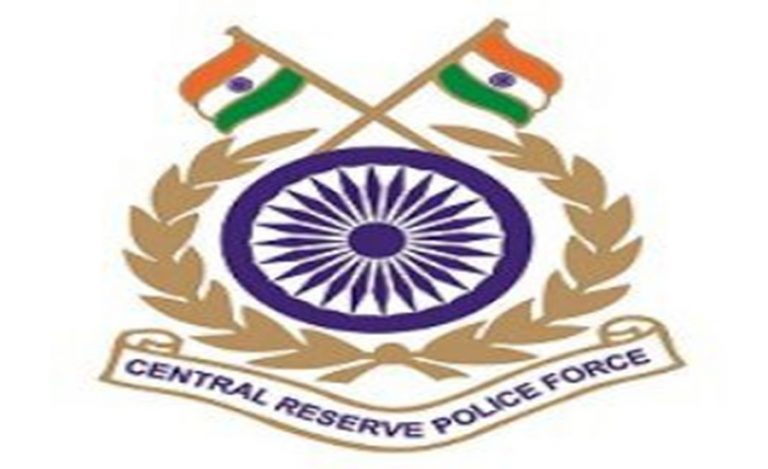New Delhi: The Ministry of Jal Shakti (MoJS) has announced that the first edition of the Under the flag of the Jal Shakti Abhiyan: Catch the Rain initiative, this recognition aims to spotlight outstanding community participation in artificial groundwater recharging, and urban water body rejuvenation. By leveraging grassroots engagement, CSR, and cost-effective models, JSJB is now positioned as a benchmark for sustainable water governance.
Background of Jal Sanchay Jan Bhagidari Awards
The Jal Sanchay Jan Bhagidari Awards initiative was officially launched on 6 September 2024 in Surat, Gujarat, inspired by Prime Minister Narendra Modi’s vision of “Jan Shakti for Jal Shakti”.
It follows a “whole-of-government, whole-of-society” approach — with the key mantra “3 Cs” (Community, CSR, Cost).
Under its zonal framework, each state or district was tasked to construct a minimum number of artificial recharge and storage structures.
For most states the target was 10,000 structures; for North-Eastern/Hilly states the target was 3,000; and for municipal corporations the target was similarly set at 10,000.
Urban local bodies (ULBs) were also brought on board via partnership between MoJS and the Ministry of Housing and Urban Affairs, with each ULB encouraged to build at least 2,000 recharge structures.
About the Jal Sanchay Jan Bhagidari Awards
A total of 100 awards have been declared for JSJB 2025:
- 3 top-performing states
- 67 districts
- 6 municipal corporations
- 1 urban local body
- 2 partner ministries/departments
- 2 industries
- 3 NGOs
- 2 philanthropists
- 14 nodal officers
The selection was based on verified data uploaded on the JSJB portal.
In a remarkable overshoot of targets, against a national target of 10 lakh (1 million) structures, a total of 27.6 lakh structures were reported within the timeline.
For top-performing districts, the prize money is substantial: Category 1 districts receive ₹2 crore, Category 2 get ₹1 crore, Category 3 get ₹25 lakh. Each award also includes a citation signed by the Secretary, Department of Water Resources, River Development & Ganga Rejuvenation.
Importance & Implications of Jal Sanchay Jan Bhagidari Awards
This initiative marks a key shift from mere policy rhetoric to active community-driven implementation of water-security measures. By significantly exceeding targets, JSJB demonstrates what large-scale mobilisation can achieve.
It underscores the recognition that groundwater recharge and rain-water harvesting are no longer optional but essential for water-stress resilience in India.
Urban and rural jurisdictions are both addressed — indicating that water governance must be inclusive of cities, districts and even lesser-equipped hilly states.
Financial incentives tied to performance send a clear message: results matter. And the involvement of CSR and community ensures a multiplicity of stakeholders, reducing dependency solely on government capacity.
Challenges
- Despite the impressive numbers, achieving sustained impact still faces obstacles:
- Ensuring quality and maintenance of the 27.6 lakh recharge structures remains critical — construction is just a first step.
- Overcoming behavioural inertia in communities, especially in water-conservation practices, remains a challenge.
- Ensuring equitable distribution of benefits so that disadvantaged or remote districts also benefit, particularly North-Eastern and hilly regions where targets were lower – but resource constraints may be higher.
- Sustaining momentum after the initial hype — avoiding drop-offs in reporting, verification and real-time monitoring.
- Scaling the model in a way that invites innovation rather than a one-size-fits‐all approach.
Way Forward
To build on this momentum, the following strategic steps are suggested:
- Robust monitoring & evaluation: Periodic audits and real-time dashboards to track not just completion but performance and maintenance of recharge structures.
- Community capacity-building and ownership: Training local stakeholders, Panchayats, ULBs so that they own and sustain the water-governance processes.
- Replication of best practices: Documenting successful models from the JSJB winners and replicating in other districts/states with suitable adaptation.
- Private-sector and CSR leverage: Deepening the role of CSR in water-resource management, ensuring funding, innovation and accountability.
- Urban-rural integration: While targets were set for municipal corporations, linkages with peri-urban and rural water systems should be strengthened.
- Climate-resilience tilt: As rainfall patterns change, artificial recharge must be integrated with flood-management, watershed programmes, and climate adaptation strategies.
- Policy reinforcement: Strengthening regulations for rain-water harvesting (rooftop and otherwise), making recharge structures mandatory in new developments, and incentivising retrofits.

